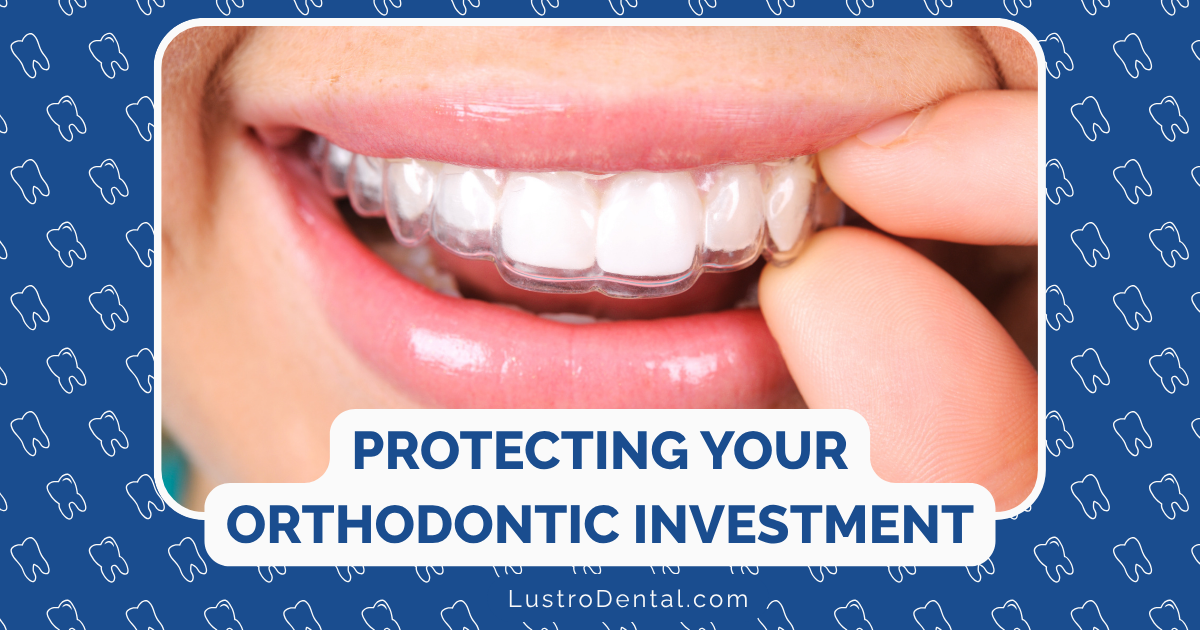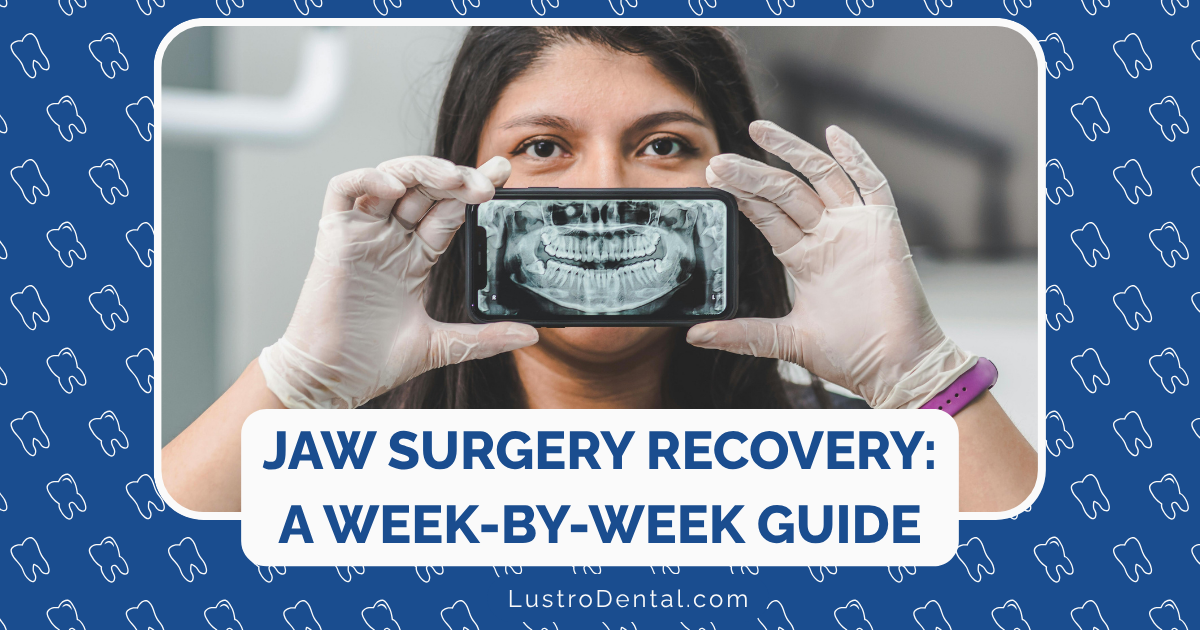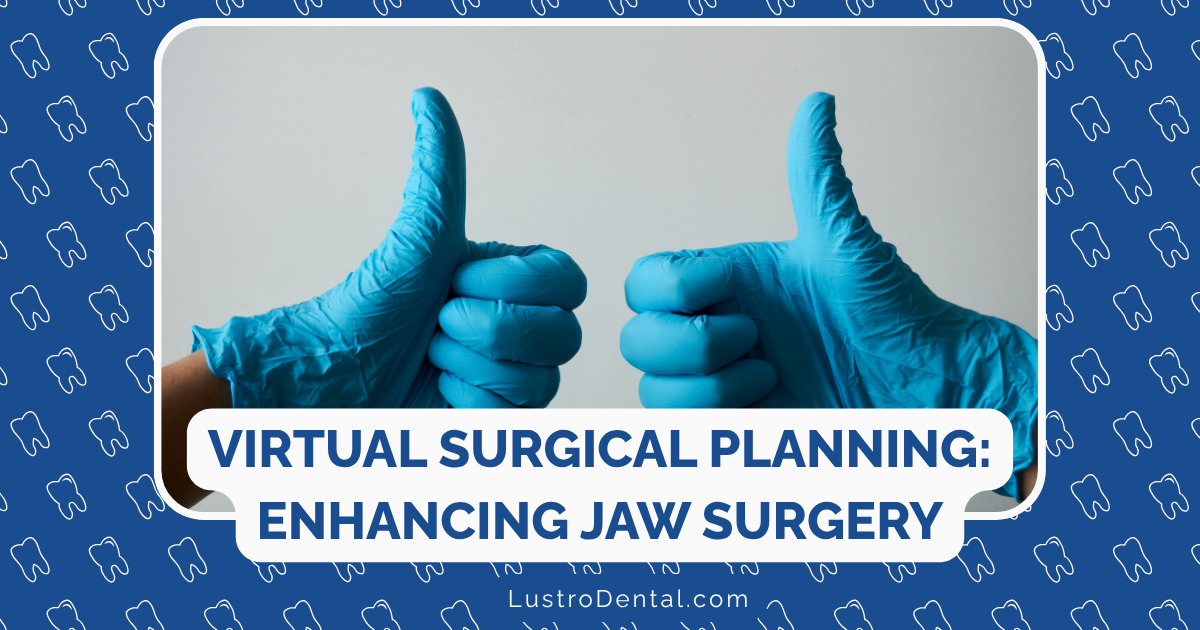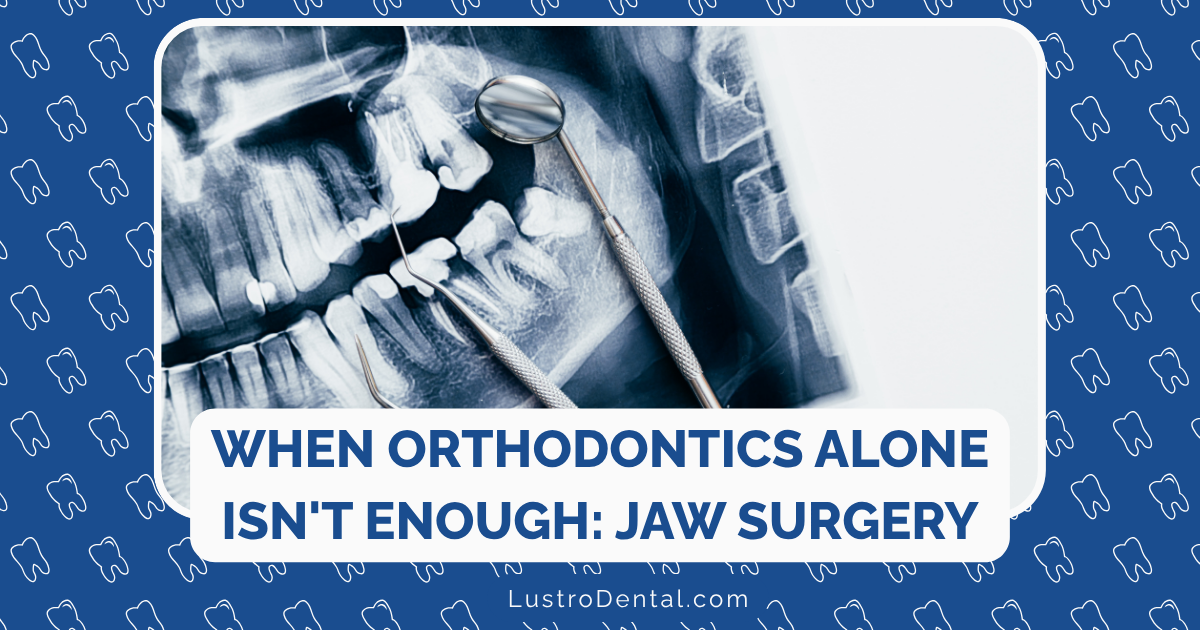Retention for Life: Why Wearing Retainers Is a Long-Term Commitment

You’ve just completed months—perhaps years—of orthodontic treatment. Your braces are off or your last aligner is retired, and you’re thrilled with your beautifully aligned smile. But as your orthodontist hands you a retainer, they deliver news that might surprise you: “You’ll need to wear this for the rest of your life.”
Wait, what? Forever?
If this recommendation catches you off guard, you’re not alone. Many patients assume that once their active orthodontic treatment ends, their teeth will simply stay put. Unfortunately, the biology of tooth movement tells a different story—one that makes retainers not just important but essential for maintaining your results for a lifetime.
In this article, we’ll explore why retainer wear is a lifelong commitment, what happens when you don’t wear your retainer, the different types available, and strategies to help you maintain this crucial habit for years to come.
The Science Behind Tooth Movement and Retention
To understand why retainers are necessary, we first need to understand how teeth move and what happens after orthodontic treatment.
How Teeth Move During Orthodontic Treatment
Teeth aren’t directly connected to your jawbone. Instead, they’re held in place by the periodontal ligament, a network of connective tissue fibers that surrounds the root of each tooth. When pressure is applied to a tooth (through braces or aligners), these fibers stretch on one side and compress on the other. This triggers a process called bone remodeling:
- On the compressed side, specialized cells called osteoclasts break down bone
- On the stretched side, cells called osteoblasts build new bone
This coordinated process allows teeth to move gradually through the bone during orthodontic treatment.
What Happens When Braces Come Off
When your braces are removed or you finish your aligner treatment, your teeth are in new positions, but the process isn’t complete. According to a 2025 study in the Journal of Orthodontics, several biological processes are still underway:
- Periodontal ligament reorganization: The fibers that hold your teeth need time to adapt to the new positions
- Bone remodeling completion: The bone around your teeth is still finalizing its structure
- Gum tissue adaptation: Soft tissues need time to adjust to the new tooth arrangement
These processes take time—typically 6-12 months for initial stabilization, but the potential for movement continues indefinitely.
The Biological Forces Working Against Stability
Even after these initial stabilization processes, several forces continue to work against the stability of your newly aligned teeth:
1. Periodontal Memory
The fibers that hold your teeth in place have a “memory” and tend to pull teeth back toward their original positions. This elastic recoil is strongest in the first few months after treatment but can persist for years.
2. Growth and Aging Changes
Your face and jaws continue to grow and change throughout your life. According to Dr. Shahira Saad, a leading dentist quoted in a 2025 Newsweek article, “As people age, their teeth tend to shift forward, often causing crowding in the lower front teeth.” This natural shift occurs regardless of whether you’ve had orthodontic treatment.
3. Functional Forces
Daily activities like chewing, speaking, and even resting tongue pressure create forces that can gradually move teeth over time.
4. Oral Habits
Habits like tongue thrusting, mouth breathing, or teeth grinding can exert significant pressure on teeth, contributing to movement.
The Evidence: What Happens Without Retainers
The research on what happens when patients don’t wear retainers is clear and compelling:
- A 2025 study found that teeth can begin shifting within days or weeks after orthodontic treatment if retainers aren’t worn
- According to research from Rallis & Bonilla Orthodontics, the first 3-6 months post-treatment is when teeth are most vulnerable to rapid movement
- A long-term study cited by Smile Builders found that nearly 70% of patients experience some degree of tooth movement within 10 years without consistent retainer wear
- Research shows that even decades after orthodontic treatment, teeth can shift if retainer use is discontinued
The bottom line: Without retainers, the question isn’t if your teeth will move, but when and how much.
The Consequences of Skipping Retainer Wear
What happens if you decide not to wear your retainer as prescribed? The consequences can be significant:
1. Orthodontic Relapse
The most immediate consequence is orthodontic relapse—teeth returning to their pre-treatment positions. This can occur gradually or surprisingly quickly, potentially undoing months or years of orthodontic work.
2. Partial Misalignment
Even if your teeth don’t completely return to their original positions, partial shifts can affect your bite, appearance, and dental health. Common areas for relapse include:
- Lower front teeth crowding
- Upper front teeth spacing
- Rotations of individual teeth
3. Bite Changes
As teeth shift, your bite can change, potentially leading to:
- Difficulty chewing
- Uneven wear on teeth
- Jaw pain or TMJ issues
- Increased risk of dental injuries
4. Financial Consequences
If significant relapse occurs, you might need additional orthodontic treatment—essentially paying twice for the same result. According to AM Braces, “Failing to wear a retainer can lead to the need for costly and time-consuming re-treatment.”
Types of Retainers: Finding What Works for You
Not all retainers are created equal. Understanding the different types can help you work with your orthodontist to find the best option for your long-term retention needs.
Removable Retainers
1. Clear Plastic Retainers (Essex/Essix)
Description: Custom-made from clear plastic that fits over your teeth like a thin, invisible tray.
Pros:
- Nearly invisible
- Comfortable for most patients
- Covers all teeth surfaces
- Can double as a nightguard for teeth grinders
Cons:
- Typically need replacement every 1-2 years
- Can warp if exposed to heat
- May affect speech initially
- Cannot be worn while eating or drinking anything but water
Best for: Patients who prioritize aesthetics and comfort.
2. Vivera Retainers
Description: A premium version of clear retainers made by Invisalign using proprietary material and manufacturing process.
Pros:
- More durable than standard clear retainers
- Come in sets of multiple pairs
- Highly precise fit
- Maintain clarity longer
Cons:
- More expensive than standard clear retainers
- Still require replacement every 2-3 years
- Same usage limitations as other clear retainers
Best for: Patients who have completed Invisalign treatment and want maximum durability in a clear retainer.
3. Hawley Retainers
Description: The classic retainer with an acrylic base and visible wire that wraps around your teeth.
Pros:
- Extremely durable (can last decades with proper care)
- Adjustable if minor tooth movement occurs
- Allows natural contact of back teeth
- Easily repaired if damaged
Cons:
- Visible metal wire across front teeth
- Bulkier than clear retainers
- May affect speech initially
- Can be lost or damaged
Best for: Patients who prioritize durability and don’t mind the visible wire.
Fixed Retainers
Description: A thin wire permanently bonded to the back of your teeth (typically the lower front teeth).
Pros:
- No compliance issues—they’re always working
- Completely invisible from the front
- Very effective at maintaining alignment of front teeth
- No speech impact
Cons:
- Makes flossing more difficult
- Can break or come loose
- Only protects the teeth they’re attached to
- May cause tartar buildup if oral hygiene is poor
Best for: Patients with high risk of relapse, those who struggle with compliance, or as a complement to removable retainers.
Recommended Retainer Wear Schedules
While specific recommendations may vary based on individual cases, here’s a general guideline for retainer wear based on current orthodontic research:
Phase 1: Full-Time Wear (First 3-6 Months)
During this critical period when teeth are most likely to shift, wear your removable retainer 22+ hours per day, removing only for eating and cleaning.
Phase 2: Nighttime Plus (Next 6-12 Months)
Transition to wearing your retainer at night plus a few hours during the day (often in the evening).
Phase 3: Nighttime Only (1-2 Years Post-Treatment)
Wear your retainer only while sleeping, but every night without exception.
Phase 4: Lifetime Maintenance (Forever After)
Most orthodontists now recommend wearing retainers at least 3-5 nights per week indefinitely. According to Straight Smiles Solutions, “Teeth naturally move over time, necessitating lifelong retainer wear.”
Strategies for Long-Term Compliance
Knowing you need to wear your retainer is one thing; actually doing it consistently for years is another challenge entirely. Here are strategies to help make retainer wear a sustainable lifetime habit:
1. Understand the “Why”
Education is powerful. Understanding the science behind why retainers are necessary can significantly improve compliance. Remember that your teeth will naturally try to shift throughout your life—with or without previous orthodontic treatment.
2. Establish a Routine
Make retainer wear part of your daily routine:
- Keep your retainer case in a visible location by your bed
- Put your retainer in at the same time each night
- Make it part of your bedtime routine, like brushing your teeth
3. Use Technology to Your Advantage
Several apps can help you track your retainer wear and send reminders:
- TrayMinder
- DentalMonitoring
- Retainer Reminder
4. Have a Travel System
Develop a system for traveling with your retainer:
- Always use the same spot in your luggage
- Have a backup case
- Consider a second retainer for travel
5. Schedule Regular Retainer Check-ups
Many orthodontists offer retainer check programs. These appointments:
- Ensure your retainer still fits properly
- Allow for professional cleaning
- Catch any minor tooth movement early
- Provide accountability for continued wear
6. Consider a Fixed Retainer for Problem Areas
If you struggle with compliance or have areas particularly prone to relapse (like lower front teeth), a fixed retainer can provide peace of mind.
7. Plan for Replacements
Retainers don’t last forever. Budget for regular replacements:
- Clear retainers: Every 1-2 years
- Hawley retainers: Every 5-8 years
- Fixed retainers: Check for damage or detachment at dental visits
Some practices now offer subscription plans for retainer replacements, making the long-term cost more predictable.
The Future of Retention
As orthodontic technology advances, we’re seeing innovations in retention as well:
- Smart retainers that can track wear time and even monitor tooth movement
- Improved materials that are more durable and comfortable
- 3D-printed retainers that can be produced quickly from digital scans
- Subscription services that automatically send replacement retainers
While these innovations may make retention more convenient, they don’t change the fundamental biological reality: retention is a lifetime commitment.
Conclusion: Protecting Your Investment
Orthodontic treatment represents a significant investment of time, money, and effort. Wearing your retainer as prescribed is the best way to protect that investment and enjoy your beautiful smile for a lifetime.
Remember:
- Teeth have a natural tendency to shift throughout life
- The first year after treatment is especially critical
- No matter how long it’s been since your braces came off, consistent retainer wear is essential
- Different types of retainers offer different benefits; work with your orthodontist to find what works for you
- Building retainer wear into your routine makes long-term compliance easier
As the saying goes in orthodontics: “Retainers are forever.” But with the right mindset and habits, that doesn’t have to feel like a burden—just a small effort to maintain the smile you’ve worked so hard to achieve.







